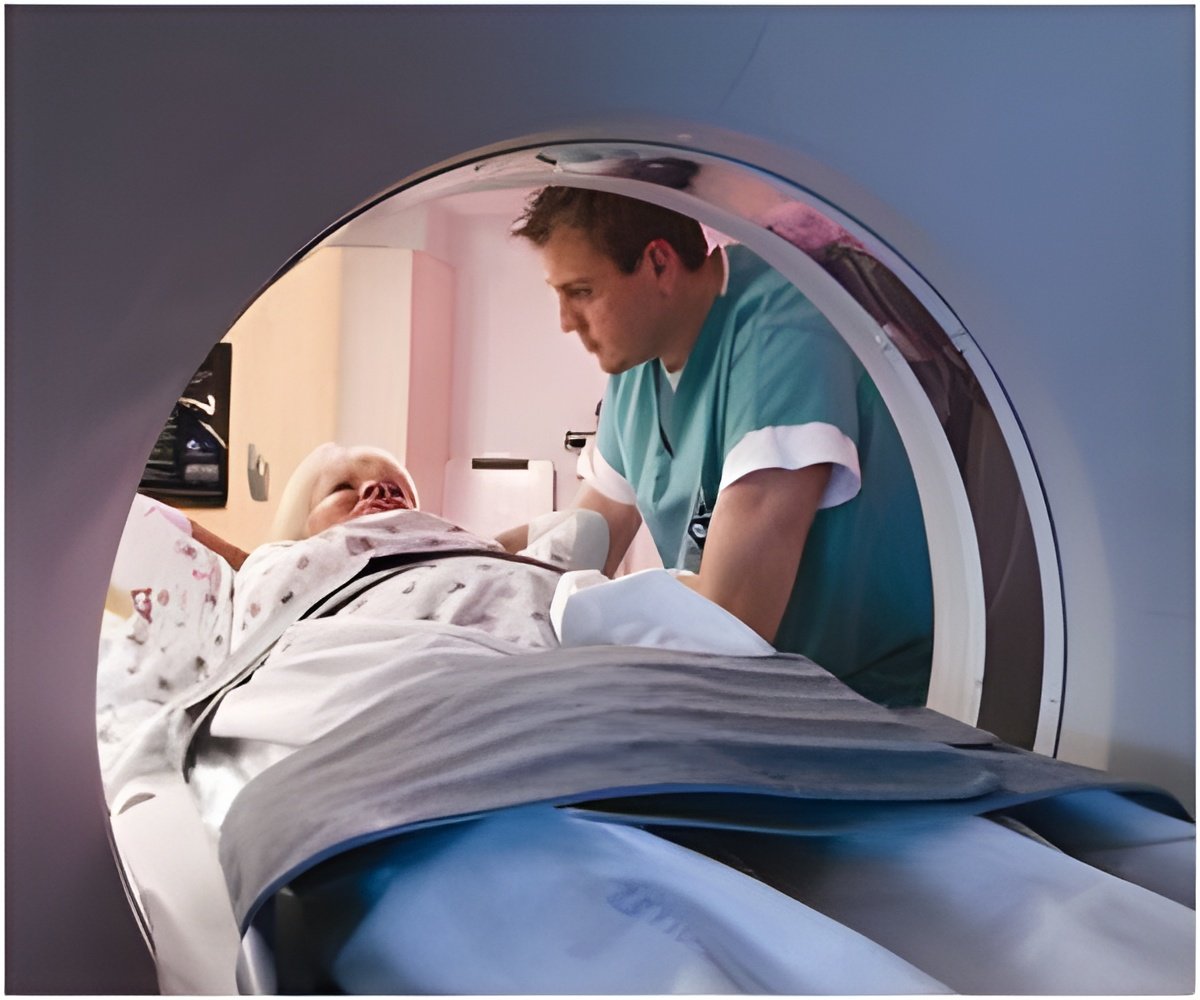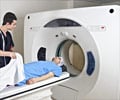
Alan Wilman and Gregg Blevins, co-principal investigators from the Faculty of Medicine & Dentistry, used a new MRI method to quantitatively measure iron in the brain to gain a better understanding of what the disease is doing in the brains of those who were recently diagnosed with MS. Twenty-two people with MS took part in the study, along with 22 people who did not have the condition.
"In MS, there is a real desire and need to get a good idea of the state and progression of the disease," says Blevins, who is both a practising neurologist and a researcher from the Division of Neurology.
"When patients with MS currently get an MRI, the typical measures we look at may not give us a good idea of the nature and state of MS. Using this new MRI method would give physicians a new way to measure the effectiveness of new treatments for patients with MS by watching the impact on iron levels. This opens up the idea of having a new biomarker, a new way of looking at the disease over time, watching the disease, seeing the progression or lack of progression of the disease, a new way to track it."
Wilman, a researcher and physicist in the Department of Biomedical Engineering, says the new MRI method may be a better gauge for disease progression than strictly looking at number and frequency of relapses.
"This is a new quantitative marker that gives us more insight into MS. We can get a better handle on where patients are at. In terms of clinical symptoms, they may be fine for quite awhile, then they have a relapse, then they're fine for quite awhile. Well, the time when they are actually fine, they may not actually be alright.
Advertisement
The new MRI method, which uses a machine that is 90,000 times the strength of the earth's magnetic field, will give physicians more detail and information about the impact of MS on the brain, insight that doctors and researchers didn't have before.
Advertisement
The researchers hope to see this new MRI method used in clinical trials for patients with MS within the next one to two years, then to be regularly used by physicians within five years.
Blevins and Wilman both credit the MS patients who took part in the study. "If patients weren't so willing to help, we couldn't do any of this," said Wilman.
Source-Eurekalert












